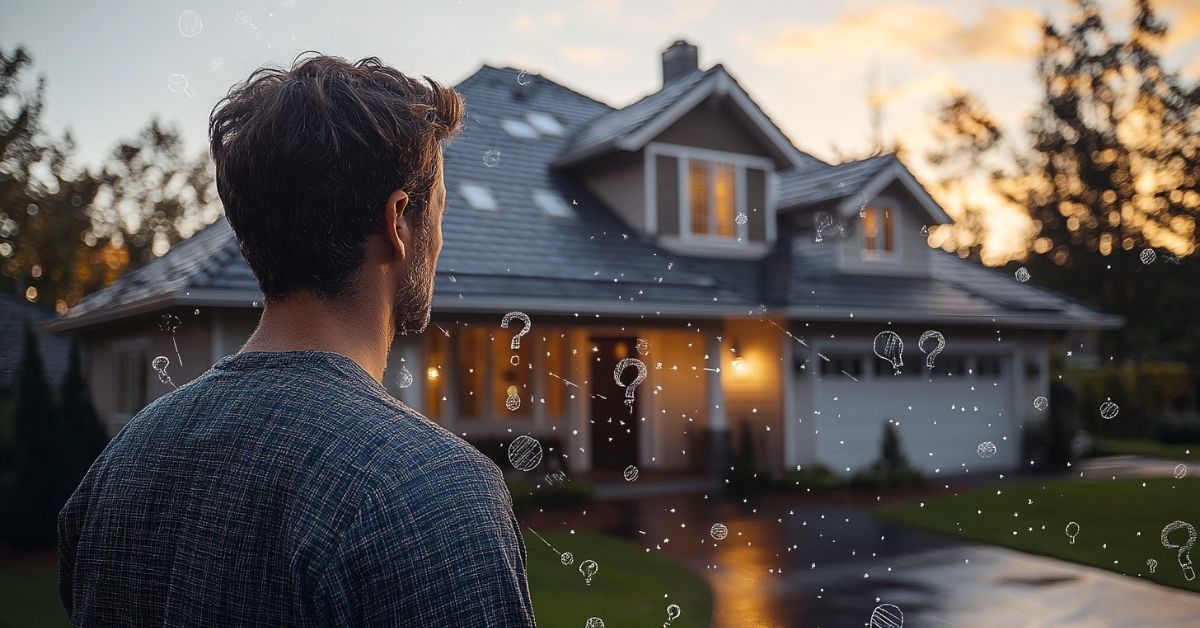
7 Clear Indicators That It’s Time to Replace Your Roof
7 Clear Indicators That It’s Time to Replace Your Roof
Have you noticed a leak or missing shingles, and you’re unsure whether it’s time to repair or completely replace your roof? Owning a home comes with many responsibilities, and roof care is one of the most crucial.
But how do you know when simple repairs won’t cut it anymore?
Ignoring the signs of roof damage can lead to much more costly repairs down the road, or even compromise the safety of your home. So, how often should you replace your roof, and what are the key indicators that it’s time to take action?
Let’s break down the seven clear signs that a new roof installation should be on your radar.
Ready to secure your home with a trusted roofer?
Call Steel Rudder Roofing now for an immediate consultation!
Key Takeaways
- Age is a key factor: Roofs nearing the end of their lifespan should be replaced to avoid bigger issues.
- Leaks and water damage: Persistent leaks are a sign that repairs won’t be enough—replacement is the better solution.
- Shingles condition: Damaged or missing shingles are an early sign that you need to replace your roof.
- Sagging and gaps: Structural issues like sagging or holes mean a roof replacement is urgently needed.
- Storm damage adds up: Repeated damage from storms can compromise your roof’s integrity, making replacement the safest option.
- Energy efficiency counts: A new roof can improve your home’s energy efficiency and lower utility bills.
When Is the Best Time to Replace a Roof?
Choosing the right season for a roof replacement can make all the difference in the efficiency and durability of the project. Let’s explore why fall is considered the optimal time to replace your roof.
Ideal Weather Conditions
Fall offers cooler temperatures, which are perfect for roofing projects. Unlike the intense heat of summer, fall’s moderate climate allows roofers to work comfortably and safely. Additionally, shingles adhere better in these conditions, ensuring they settle and seal properly.
Lower Risk of Storms
Compared to spring and summer, fall has fewer thunderstorms or heavy rainfall. This reduces the chance of weather-related delays and helps keep your roofing project on track. The predictability of the weather during this season means fewer interruptions and a smoother installation process.
More Daylight Hours
Although the days start to shorten in fall, you still get more daylight than in winter. This gives roofing crews enough time to complete full days of work, speeding up the project without rushing through important tasks.
Preparing for Winter
Replacing your roof in the fall ensures your home is ready for the winter months. A new roof provides better insulation, which helps regulate indoor temperatures and prevents potential issues like ice dams or leaks. Your home will be sealed, protected, and energy-efficient.
High Demand for Roofers
Because fall is the busiest season for roofers, it’s crucial to schedule your project early. Trusted professionals like Steel Rudder Roofing, known as the best roofers in Jacksonville, FL, get booked quickly. By planning ahead, you can ensure your project is completed before winter hits.
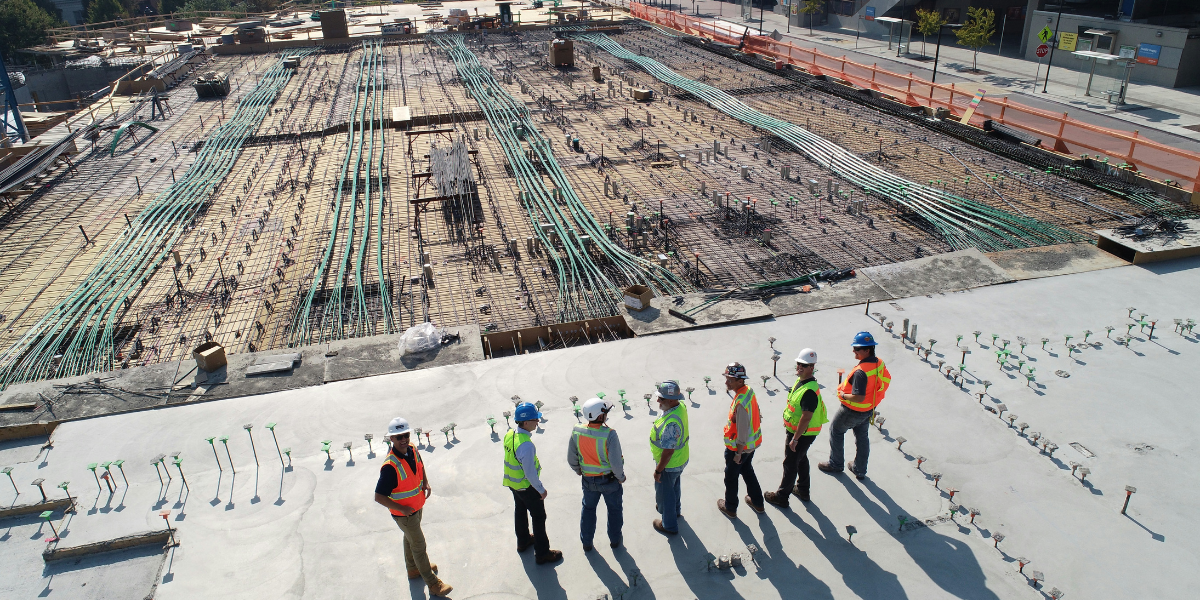
Ready to Replace Your Roof?
If you’re considering a roof replacement, now is the time to act. Steel Rudder Roofing, the best roofing company in Jacksonville, FL, can help you prepare your home for the winter with a high-quality roof installation.
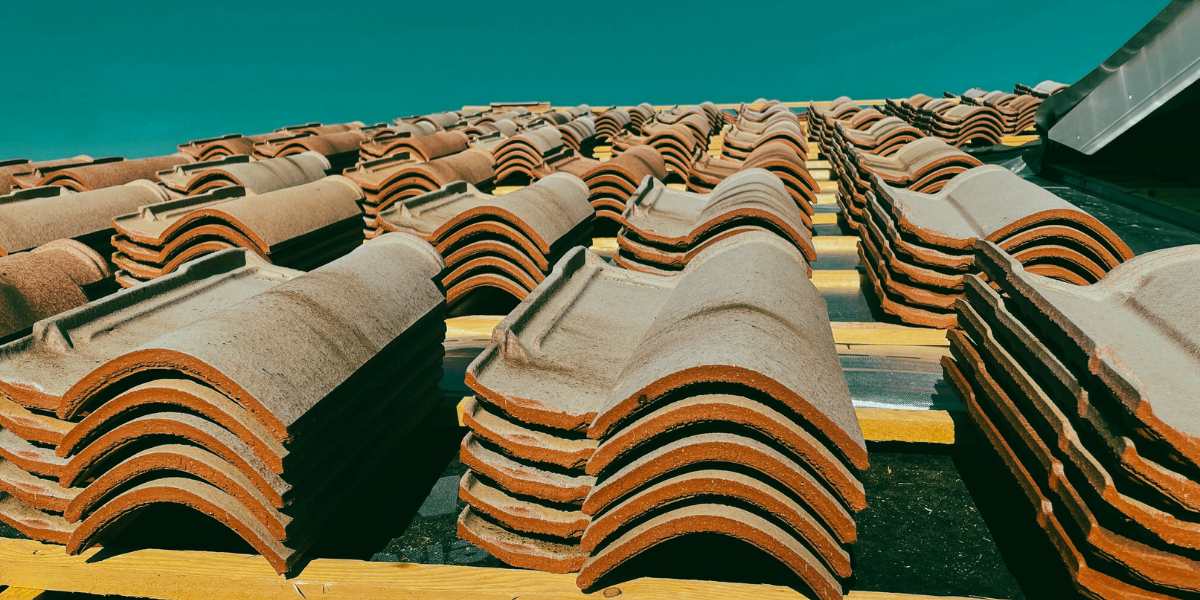
Materials and Tools Needed to Replace Your Roof
Replacing a roof requires both expertise and the right set of materials and tools to ensure the job is done correctly. Below is a comprehensive list of what you’ll need for a successful roof replacement:
Materials
- Caulk – For sealing gaps and providing waterproof protection.
- Drip Edge – Metal strips placed along the roof edges to help control water flow.
- Flashing – Used around chimneys, vents, and valleys to direct water away.
- Ice Dam Protection – Protects your roof from water damage caused by ice dams.
- Powdered Chalk – To mark straight lines and assist in aligning shingles.
- Roofing Adhesive – Helps to secure shingles and prevent water infiltration.
- Roofing Nails – For fastening shingles securely to the roof.
- Shingles – The primary covering material that protects your roof from the elements.
- Underlayment – A water-resistant layer placed under shingles for extra protection.
Tools
- Air Compressor – Powers pneumatic tools such as a nail gun.
- Caulking Gun – To apply caulk efficiently in hard-to-reach areas.
- Chalk Line – For marking straight reference lines across the roof.
- Fall Safety Kit – Essential for protecting yourself when working at height.
- Hammer – A basic tool for driving nails when a nail gun isn’t suitable.
- Ladder – To access your roof safely.
- Nail Gun – For quickly and accurately installing roofing nails.
- Pry Bar – Used to remove old shingles and nails.
- Roof Shovel – Helps to lift and remove old shingles.
- Shingle Cutter – A specialized tool for trimming shingles to fit.
- Tape Measure – For measuring and marking the correct placement of shingles.
- Tin Snips – For cutting metal flashing or drip edges.
- Utility Knife – A handy tool for cutting underlayment and other materials.
If you are stuck with Choosing the Best Roofing Materials for Jacksonville’s Climate read out our complete guide here to choose the best material for you!
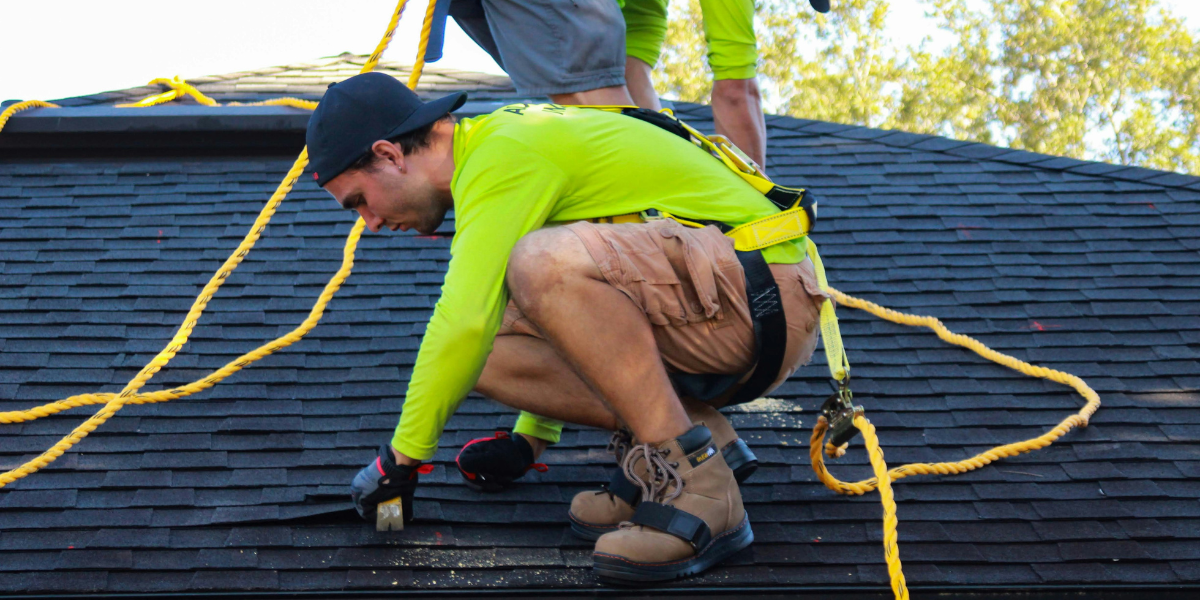
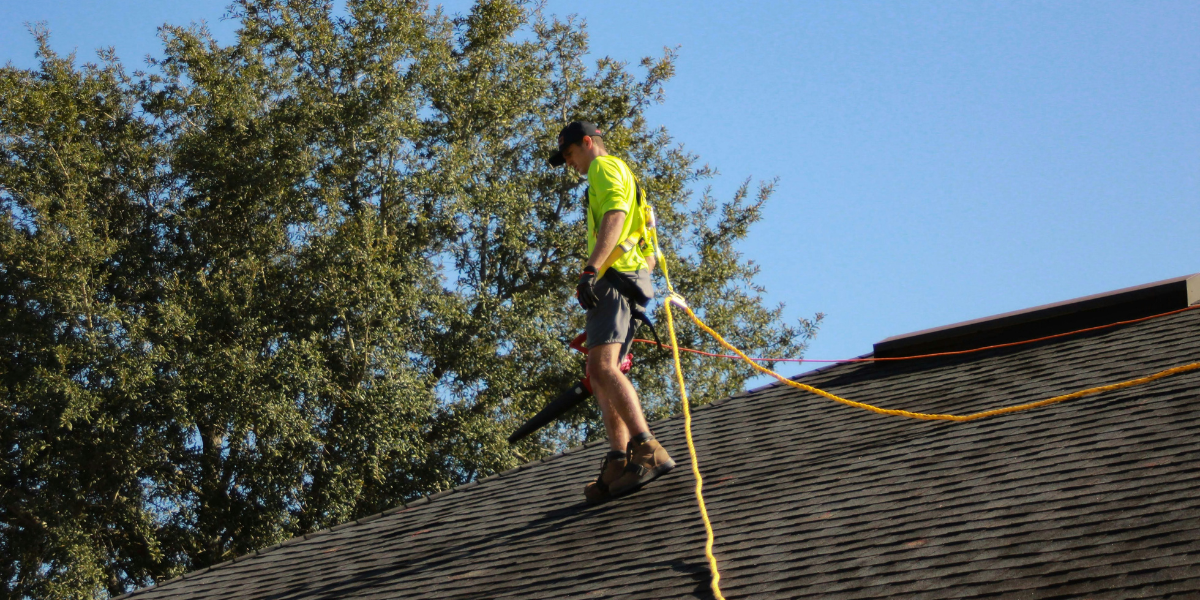
These tools and materials ensure the job is done safely, efficiently, and professionally. By using quality equipment and supplies, you’ll increase the longevity of your new roof and safeguard your home from weather-related damage. If you’re unsure about taking on this task yourself, Steel Rudder Roofing, the best roofing company in Jacksonville, FL, offers top-notch roof replacement services with expert craftsmanship. Contact us today for a consultation!
7 Clear Indicators That It’s Time to Replace Your Roof
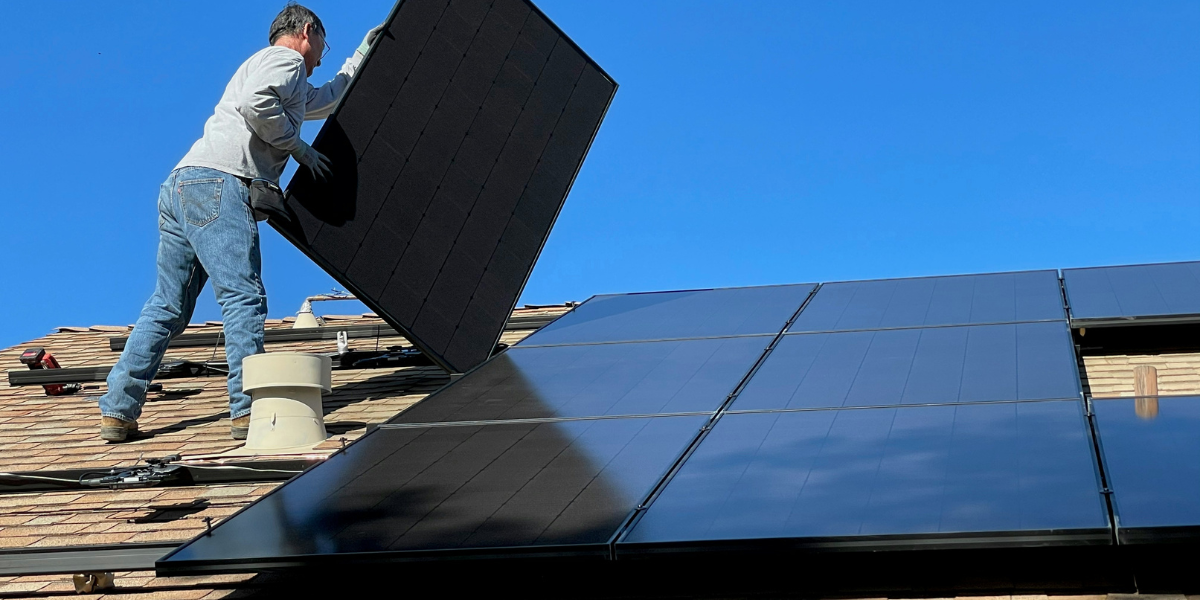
1. Shingles Curling or Buckling
Curling or buckling shingles are clear signs of roof deterioration, often caused by inadequate attic ventilation, excessive heat, or aging shingles. When shingles lose their shape, their ability to shed water effectively is compromised, increasing the risk of leaks and further roof damage.
Causes:
- Poor Ventilation: Inadequate attic ventilation traps heat, leading to deformation of shingles.
- Excessive Heat: High temperatures accelerate the aging process and warping of shingles.
- Aging Shingles: Over time, shingles lose flexibility and structural integrity, making them more prone to curling.
Consequences:
- Increased Risk of Leaks: Deformed shingles fail to create a watertight seal, leading to potential leaks.
- Reduced Roof Lifespan: The overall effectiveness of the roofing system diminishes.
- Potential Structural Damage: Water infiltration can cause underlying structural issues and mold growth.
Solution:
- Roof Replacement: Addressing ventilation issues and replacing deformed shingles with new materials is essential to restore roof function and protect your home.
- Improve Ventilation: Enhance attic ventilation and insulation to prevent similar issues in the future.
-
2. Granules in the Gutter
Finding granules from asphalt shingles in your gutters indicates that your shingles are deteriorating. Granules are essential for protecting shingles from UV rays and maintaining their waterproofing properties. Significant granule loss suggests that the shingles are no longer effective in protecting your roof.
Causes:
- Aging Shingles: As shingles age, they naturally shed granules.
- Severe Weather: Heavy rain, hail, and high winds can accelerate granule loss.
- Improper Installation: Faulty installation can lead to premature granule shedding.
Consequences:
- Decreased Shingle Lifespan: Granule loss often signals that shingles are nearing the end of their useful life.
- Reduced Protection: Without granules, shingles are less effective at blocking UV rays and preventing water infiltration.
- Increased Leak Risk: Diminished shingle protection heightens the chance of leaks.
Solution:
- Roof Replacement: If granule loss is substantial, replacing the roof ensures continued protection and prevents potential leaks.
- Regular Roof Inspections: Schedule inspections to detect and address issues early, potentially avoiding more significant problems.
3. Visible Roof Damage
Visible damage such as missing, cracked, or broken shingles is a clear indicator that your roof might need replacing. These issues compromise your roof’s ability to protect your home from the elements and may lead to more severe problems if not addressed promptly.
Causes:
- Severe Weather: High winds, hail, and heavy rain can cause physical damage to shingles.
- Falling Debris: Branches, leaves, and other debris can crack or break shingles.
- General Wear and Tear: Over time, shingles can degrade due to constant exposure to environmental elements.
Consequences:
- Increased Risk of Leaks: Damaged shingles may allow water to seep through, leading to leaks.
- Water Damage: Exposed areas can permit water to enter your home, causing interior damage.
- Shortened Roof Lifespan: Visible damage accelerates the need for replacement.
Solution:
- Professional Inspection: Have a roofing professional evaluate the extent of the damage to determine if a full replacement or targeted repairs are necessary.
- Timely Repairs: Addressing visible damage promptly can prevent further issues and extend the lifespan of your roof.
4. Roof Age
The age of your roof is a crucial factor in determining whether it needs replacement. Most roofs are designed to last 20-25 years. As your roof approaches or exceeds this age range, it becomes more susceptible to issues and may no longer provide adequate protection.
Causes:
- Natural Aging: Roofing materials naturally degrade over time due to exposure to the elements.
- Wear and Tear: Continuous exposure to sun, rain, and wind reduces the effectiveness of roofing materials.
Consequences:
- Increased Risk of Failures: Older roofs are more likely to develop leaks, damage, and reduced performance.
- Decreased Effectiveness: An aging roof may no longer offer adequate insulation or protection for your home.
Solution:
- Professional Evaluation: Schedule an inspection to assess the condition of an aging roof and determine if replacement is needed.
- Consider Upgrades: Newer roofing materials may offer improved performance and longevity.
5. Leaks and Water Damage
Persistent leaks and visible water damage inside your home are major red flags indicating that your roof may need replacing. Water stains on ceilings or walls suggest that your roof is no longer effectively keeping moisture out, leading to structural damage and increased repair costs.
Causes:
- Damaged Shingles: Worn or missing shingles can allow water to penetrate the roof.
- Compromised Roof Decking: Deteriorated decking can lead to leaks and water damage.
- Poor Flashing: Inadequate or damaged flashing around chimneys and skylights can cause leaks.
Consequences:
- Structural Damage: Persistent leaks can lead to severe structural issues and mold growth.
- Increased Repair Costs: Ongoing water damage can result in higher repair expenses.
- Health Risks: Mold and mildew growth from water damage can pose health risks to occupants.
Solution:
- Roof Replacement: Replacing the roof addresses the underlying issues and prevents further water damage.
- Leak Prevention: Ensure proper installation and maintenance to avoid future leaks.
6. Mold and Algae Growth
Mold and algae growth on your roof, often visible as black streaks or patches, can indicate problems such as poor ventilation or moisture retention. These growths not only affect the roof’s appearance but can also signal underlying performance issues.
Causes:
- Poor Ventilation: Inadequate airflow can lead to moisture buildup, promoting mold and algae growth.
- High Humidity: Persistent moisture on the roof surface fosters the growth of mold and algae.
Consequences:
- Reduced Roof Lifespan: Mold and algae can deteriorate roofing materials, reducing their effectiveness.
- Health Concerns: Mold growth can pose health risks to the home’s occupants.
- Aesthetic Issues: Mold and algae can make the roof look unsightly, affecting curb appeal.
Solution:
- Professional Inspection: Have a roofing expert assess the situation to determine if replacement is necessary.
- Address Moisture Issues: Improve ventilation and moisture control to prevent future growth.
7. Increased Energy Bills
A sudden rise in energy bills can indicate that your roof is no longer providing adequate insulation. If your roof isn’t effectively insulating your home, it can lead to higher heating and cooling costs as your HVAC system works harder to maintain comfortable temperatures.
Causes:
- Compromised Insulation: Poor insulation allows heat to escape or enter the home more easily.
- Damaged Roofing Materials: Wear and tear on roofing materials can reduce their insulating properties.
- Poor Installation: Improperly installed roofing materials may not provide adequate insulation.
Consequences:
- Increased Energy Expenses: Higher heating and cooling costs due to reduced roof insulation.
- Reduced Comfort: Less effective insulation can lead to inconsistent indoor temperatures.
Solution:
- Roof Replacement: Upgrading to energy-efficient roofing materials can improve insulation and lower energy bills.
- Improve Insulation: Enhance attic and roof insulation to better regulate home temperatures.
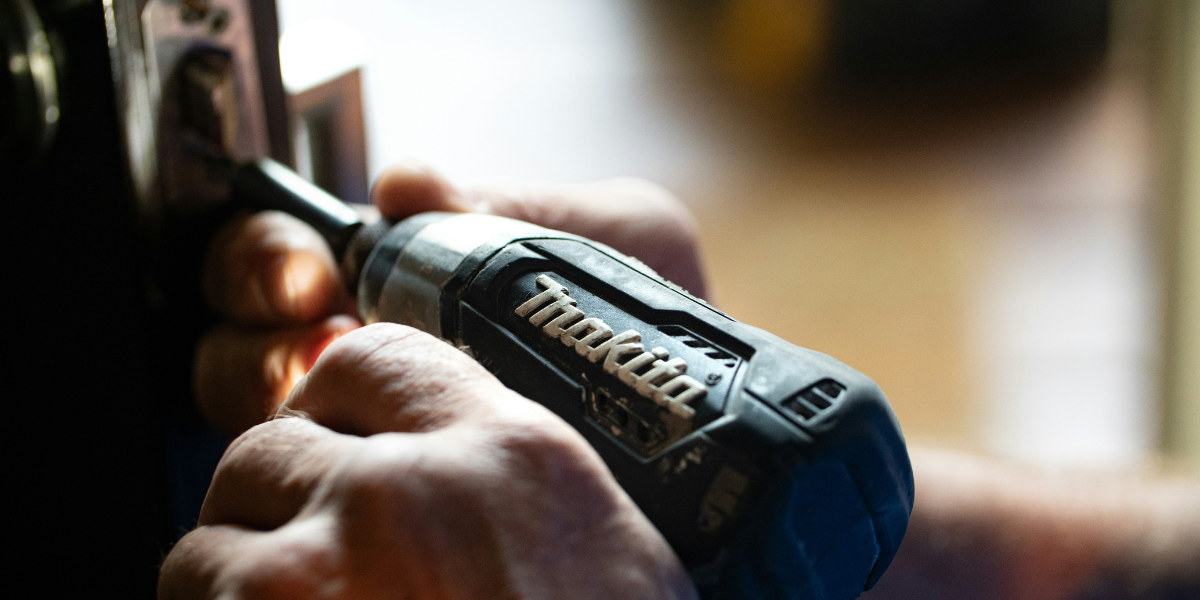
Pricing Breakdown: How Much Does It Cost to Replace a Roof?
The cost of a roof replacement depends on various factors, such as the size of your home, the roofing material you choose, and local labor costs. Here’s a rough estimate of roof replacement costs:
Roofing Material
- Roofing Materia
- Roofing Material
- Roofing Materia
- Roofing Materia
- Roofing Materia
Cost per Square Foot
- $3.50 – $5.50
- $5.50 – $12.00
- $10.00 – $20.00
- $15.00 – $30.00
- $8.00 – $14.00
Average Total Cost
- $5,000 – $12,000
- $8,000 – $24,000
- $15,000 – $30,000
- $20,000 – $50,000
- $10,000 – $20,000
Get a Custom Roof Replacement Quote Today!
At Steel Rudder Roofing, we offer personalized consultations to find the best roofing solution for your home. Contact us today for a free quote from the best roofers in Jacksonville, FL!
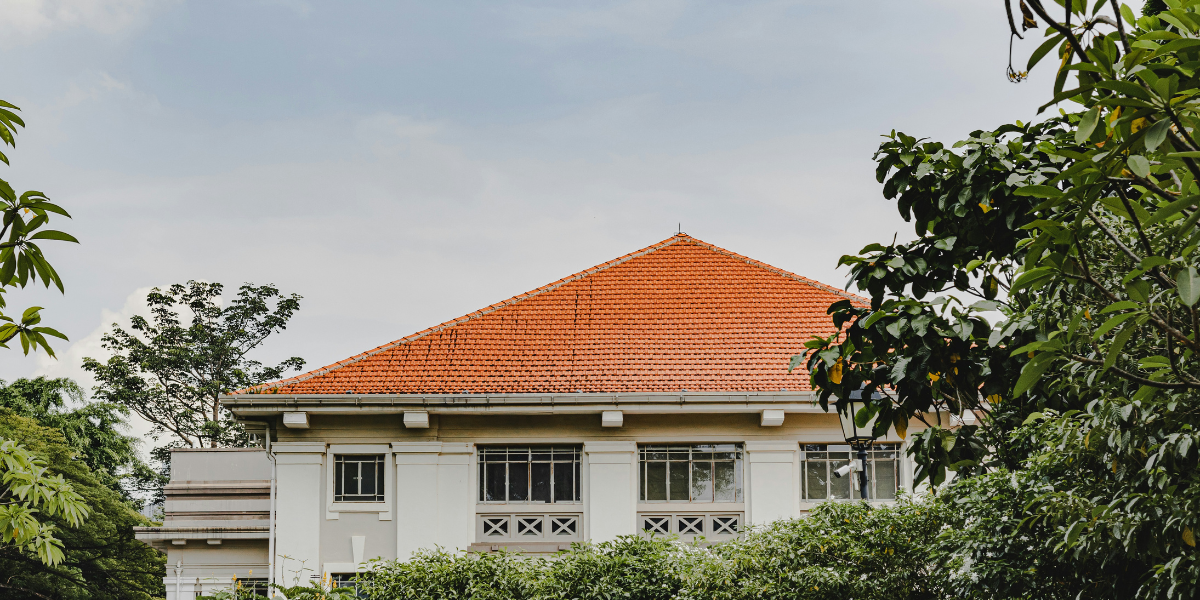
Recognizing the clear indicators that it’s time to replace your roof—such as curling or buckling shingles, granule loss, visible damage, and increased energy bills—is crucial for maintaining your home’s safety and efficiency.
Regular inspections and timely replacements by the best roofers in Jacksonville, FL, like Steel Rudder Roofing, can prevent minor issues from escalating into major problems.
Steel Rudder Roofing, known as the best roofing company in Jacksonville, FL, offers expert roof replacement services to ensure the longevity and protection of your home.
Don’t wait until minor issues become costly repairs—contact Steel Rudder Roofing today to schedule your inspection and replace your roof with confidence.
How long do you want to deal with roofing problems?
Contact us for a free consultation and start your journey to a new, worry-free roof with Steel Rudder Roofing!
Get in Touch
(904) 699-4573
kenbaker@steelrudder.com
Hours of Operation
Monday – Friday: 8am – 6pm
Saturday – Sunday: 9am – 1pm
Our Headquarters
10151 Deerwood Park Blvd.
Building 200, Suite 250
Jacksonville, FL 32256
